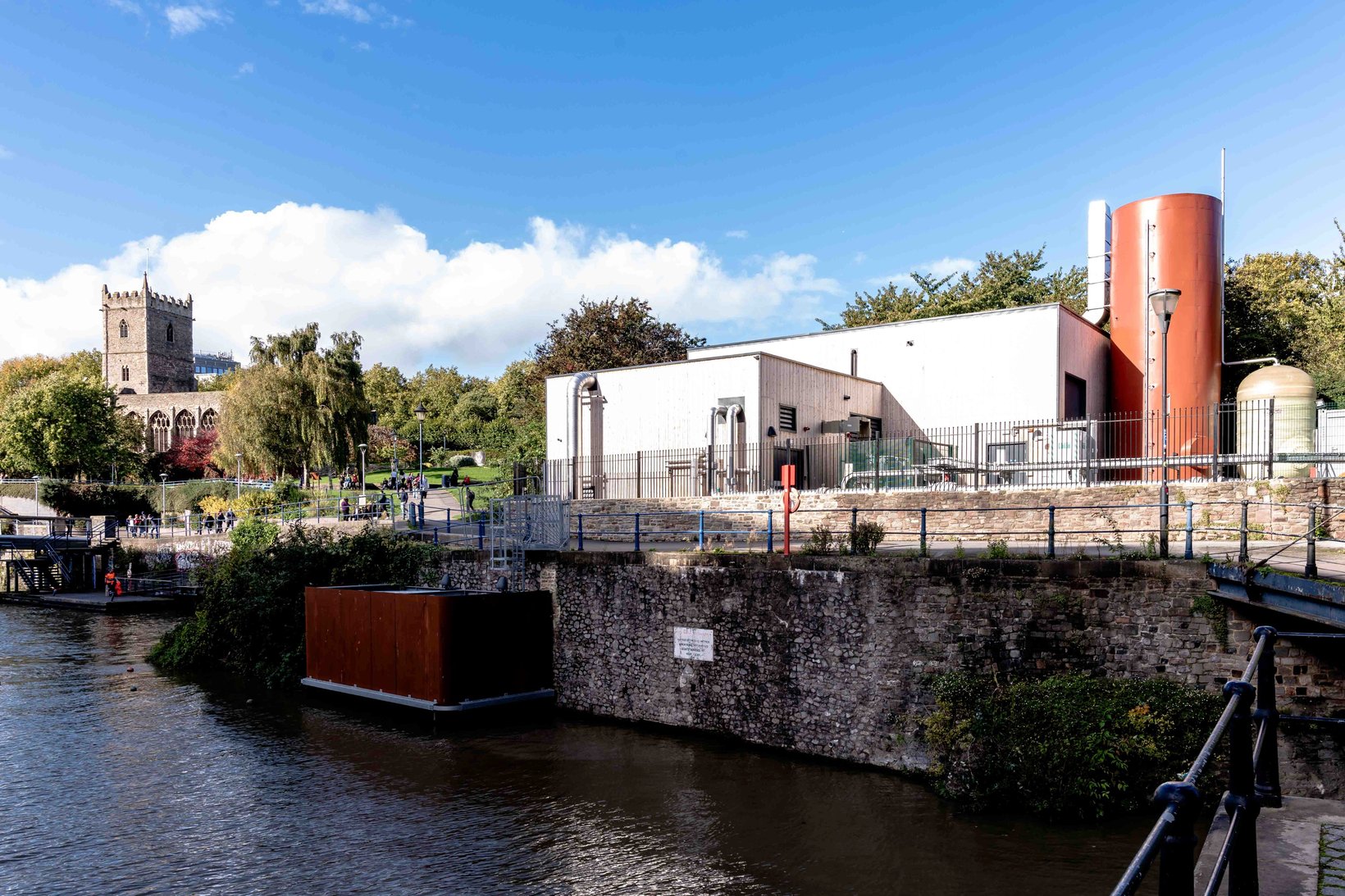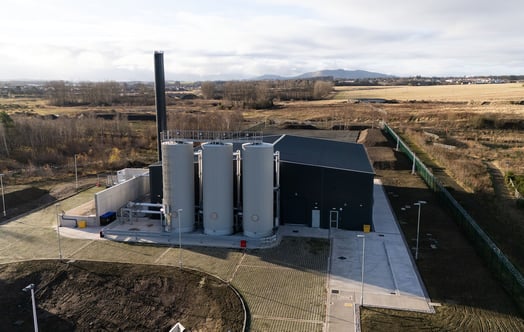
Building confidence through regulation: How supportive, fair rules can unlock investment in UK heat networks
Carol Aitken, Senior Public and Regulatory Affairs Manager, outlines how good regulation and legislation can help support a nationwide roll-out of heat networks.
Heat networks are one of the most powerful tools the UK has to decarbonise heat. They are proven across Europe, and here in the UK Vattenfall is already building them in Bristol, London and Scotland.
But for heat networks to fulfil their potential, developers need confidence that the regulatory environment is fair, stable and supportive. Good regulation can unlock billions in investment, while poorly designed rules can slow down or even block the rollout of this vital infrastructure.
The UK and Scotland Governments have been making good progress in creating the right framework. We strongly support the commitment to zoning, which will identify areas where heat networks make most sense, ensuring projects can be developed at scale.
Zoning, if implemented correctly, has the potential to give investors and developers certainty that customers will be there, and it allows local authorities to plan strategically. Alongside zoning, the role of local zone coordinators will be essential in driving delivery on the ground, turning national ambition into practical action.
We also support mandating connection to networks within these zones. Without this, there is a risk of a “chicken and egg” situation: heat networks cannot be built unless there is demand, but demand cannot materialise unless networks exist. A requirement to connect provides that demand assurance, giving companies like Vattenfall the confidence to commit significant capital.
Another key policy is the government’s upcoming Warm Homes Plan. This would provide a framework that brings together energy efficiency, building upgrades and low-carbon heating solutions like heat networks. While energy efficiency and improving building quality are both vital, the Plan must also help to create a framework for heat networks within a local spatial delivery model to deliver warm homes in local areas.
By integrating heat networks into a wider local plan for warm, affordable homes, government can ensure that investment flows into areas where it can deliver the biggest benefit. For customers, this means not just lower carbon, but also better comfort and, over time, more stable heating costs.
Additionally, we need to ensure that funding support for heat networks is sustained. The Green Heat Network Fund (GHNF) has already been instrumental in getting pioneering projects off the ground, including schemes like our work with Bristol City Council.
Extending this fund would give developers and local authorities the confidence to continue planning ambitious projects, knowing that government support is there to help bridge the gap between early-stage costs and long-term returns. The GHNF plays a crucial role in stimulating the market until heat networks are firmly established as the mainstream choice for low-carbon heat.
However, there are areas where we think the current proposals can be improved. The Future Homes and Buildings Standard (FHBS), due this year, risks creating unintended barriers for heat networks.
The current proposals expose developers to risks they cannot control, because the carbon performance of a heat network is managed by the operator, not by the individual building. This creates uncertainty for developers and could discourage them from connecting to networks altogether. If that happens, investment in new networks will stall.
There is a solution: building regulations should only measure what a developer can influence – the performance of the building itself. The carbon and efficiency performance of heat networks should instead be regulated at the operator level through Ofgem.
This is the approach used in Berlin, where networks are assessed over seven-year periods, giving both developers and operators stability while ensuring decarbonisation over time. Applying the same logic here would create a level playing field between heat networks and other low-carbon heating solutions and ensure that regulation drives investment rather than deters it.
Regulation across pretty much any sector is imperative when it comes to technical standards. UK Government is introducing regulatory technical requirements and a Heat Network Technical Assurance Scheme (HNTAS) to help heat network operators demonstrate compliance with these requirements.
The heat network sector strongly supports the aspiration to ensure high technical standards in the sector. However, as it is currently proposed, it would impose a significant burden and risk both to heat network developers but also to property developers.
The formal approval stages proposed are disproportionate compared to other regulated sectors (like gas or electricity). This creates more hurdles which increases costs and administrative burdens. We believe that HNTAS must be simplified, with regulation being brought into line with the other regulated sectors. Government should also further consider the resource implications of the level and frequency of certification and where the qualified people to fill these roles will come from.
We also need action on the cost of electricity. Electricity prices remain disproportionately high compared with gas, which is a legacy of how levies and wholesale costs are structured. For heat networks that use electric technologies such as large-scale heat pumps, this creates a challenge: the cleanest option is often the most expensive.
Unless addressed, this imbalance risks holding back electrification of heat at the very moment when the UK needs to accelerate. Aligning electricity costs more fairly with the carbon content of fuels would make low-carbon heat production more competitive and unlock further private investment.
In parallel, government could consider introducing a revenue support mechanism for heat. This would provide investors with greater certainty over returns in the early years of operation, particularly for networks using innovative technologies.
Much like the Contracts for Difference model in renewable electricity, a heat revenue support mechanism could underpin confidence, drive down the cost of capital, and accelerate deployment. By sharing some of the early risk, government can unlock far larger sums of private capital, ensuring that the UK captures the economic as well as the environmental benefits of scaling up heat networks.
Clear, effective regulation attracts investment, boosts local economies, and delivers resilient, low-carbon heating. Confidence grows from fair, practical policies, making heat networks key to the UK’s decarbonised, affordable, secure energy future.
Want to learn more?
Explore our 2050 Vision for the Bristol heat network.




